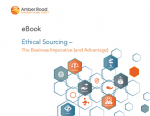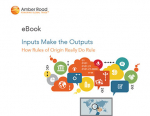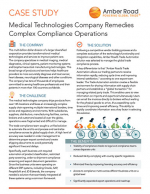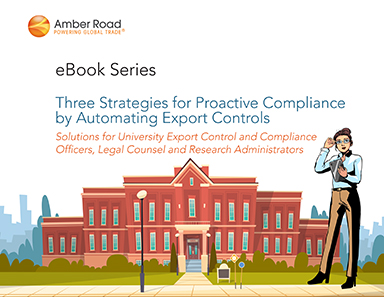Three Strategies for Proactive Compliance by Automating Export Controls
Solutions for university export control and compliance officers, legal counsel and research administrators.
The connection between export controls and scientific research may not be obvious since university-based research doesn’t fit the commonly held concept that an export requires the shipment of a commodity from one country to another.
However, the term “export” also includes the disclosure, release or transfer of technology or technical data to a foreign person, domestically or abroad.
In particular, US export control laws and regulations enforce not only the shipment of hard goods, but also software and technology, whose end uses and destinations may have compliance implications for universities and research institutions.
For example, the release of technology or source code to a foreign national in the United States is an export to the home country of the foreign national.
Therefore, foreign students or scholars conducting research inside the US may be parties to a physical or deemed export under the Export Administration Regulations (“EAR”) or the release of technical data under the International Traffic in Arms Regulations (“ITAR”), and subject to US export control laws and regulations.

Although regulatory controls may be perceived as onerous and intrusive in the open-access environment preferred in academia, complying with the laws and regulations is not optional. There are real and undesirable consequences associated with non-compliance, including substantial fines, loss of federal grant funding and export privileges, jail time and negative publicity for the institution.
Meeting export control obligations need not be a painful experience. This Book recommends three strategies for proactive export compliance planning, which, together with governance, will help preserve academic openness while minimizing the risks and negative consequences of noncompliance.
The strategies involve:
- Understanding the export laws and regulations and how they relate to universities and research institutions
- Creating a comprehensive program that addresses all aspects of the legal requirements, identifies potential non-compliance risks and is communicated to all faculty and staff
- Facilitating consistent implementation of the export compliance program by providing easy access to appropriate technology-based tools and processes for those involved
It’s also important to mention, while this Book is written from the perspective of US export regulations, the strategies proposed are relevant to researchers in other countries. Always ensure you understand the export regulations of your country and how the export of technology or technical data is controlled.
What’s Related




Favorites





